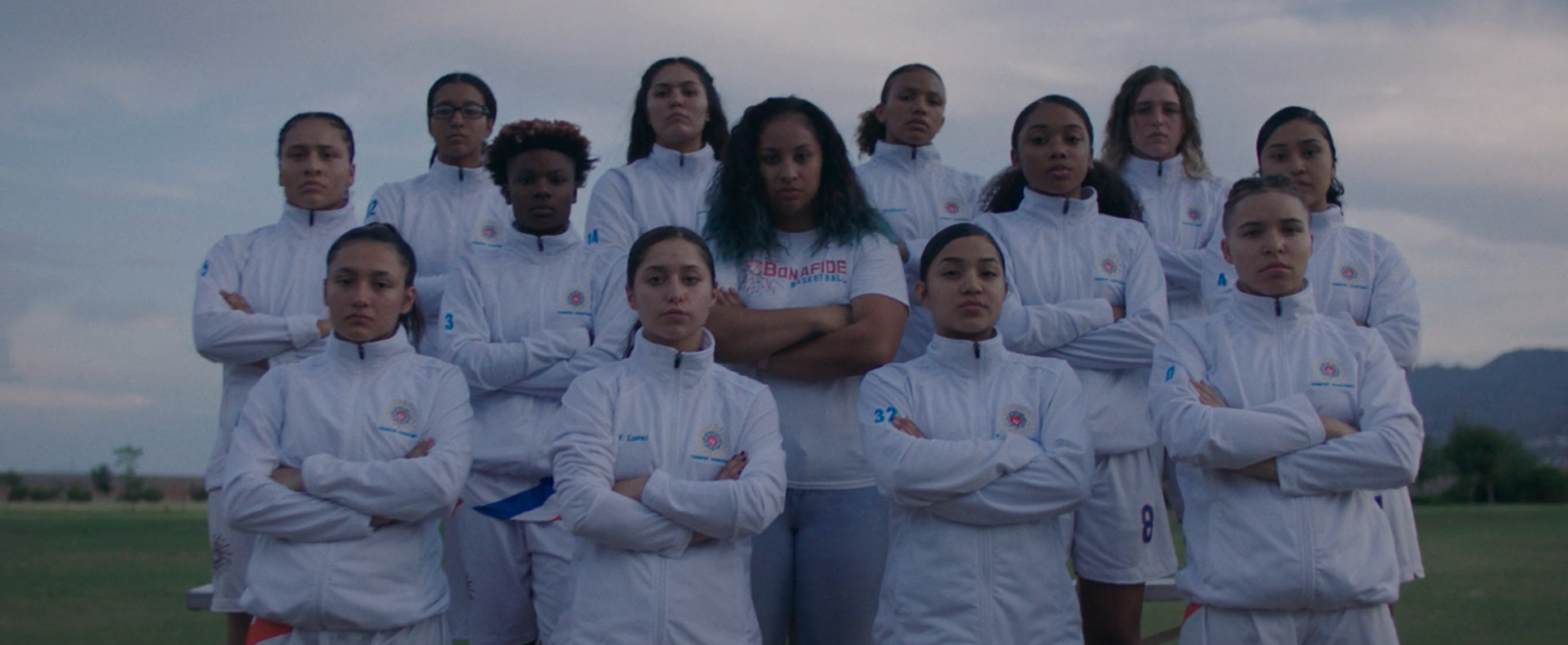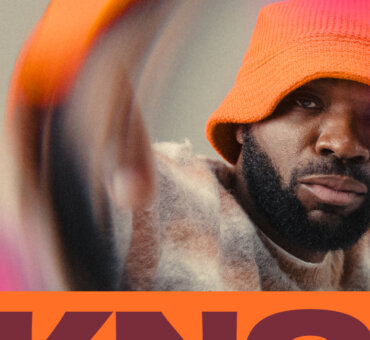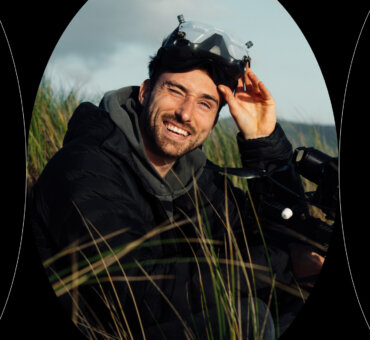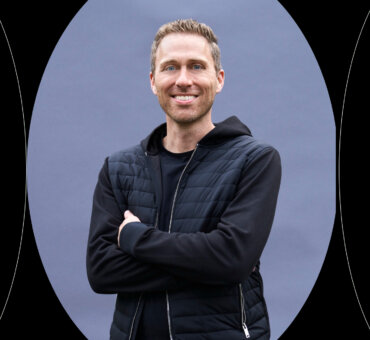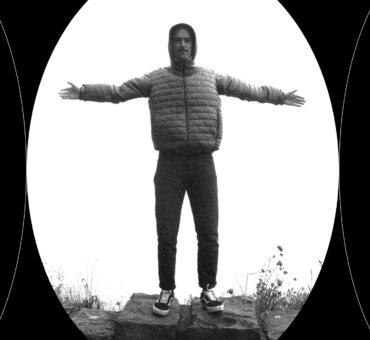Brands are always looking for the holy grail of advertising: Authenticity. But, it’s one of those tricky pursuits where the more intentionally you grasp for it, the more difficult it is to acquire. By its very nature, you can’t manufacture something that’s organic. And, that’s why brands bring in talented directors like Jane Qian. She’s quickly becoming a prominent name in branded content, through her work with Arm & Hammer, Nike, Paralympics, Chevrolet, and more, and a big part of that is because her work doesn’t seem branded at all.
“In my experience, I want to buy products when I can understand a brand, its principles, and what they believe in,” she told us. “You can see that in a branded film without it being overtly branded and product heavy. Branded content can help viewers see themselves in the story and be able to understand the brand a little bit more.”
This perspective in branded content is essential for both filmmakers and their clients, and we were lucky enough to catch up with Jane about how she manages this authenticity. She shared some great notes about how to pitch your vision to clients, why filmmakers need creative control, and what they should then do with that control.
Once you learn those lessons, the search for the holy grail doesn’t seem to be that hard. Here’s Director Jane Qian on branded content.
Musicbed: From a client perspective, is there a big difference between a traditional commercial spot and branded content?
Jane Qian: Yeah, I think it’s different in the sense that before Arm & Hammer came to me, they hadn’t already storyboarded anything. They didn’t come with what they wanted frame by frame. All they said was, “These are a couple of coaches we’re looking at.”
I dug through the coaches they had already interviewed and really dove deep into their background. I found our coach, Sam, and I loved her sincerity and I also loved the perspective of a female coach. We don’t hear too many stories about female coaches. Plus, her students respect her so much, so it automatically connected me to her.
We went to El Paso and I got to know her throughout a couple of days and weeks leading up to the prep. I just had crazy admiration for her and I feel like that really helps me immerse myself into the story. I felt like I was one of her students and I was there to help show her true colors.
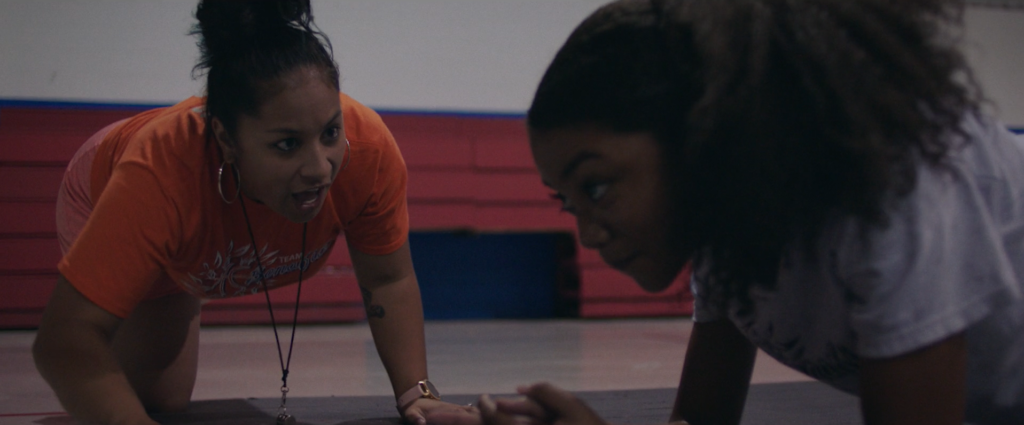
Was it Arm & Hammer’s intention to leave so much unplanned going in?
Yes. With these branded doc projects, it’s really hard to storyboard every single bit or write down every single little story beat because you’re writing the story for somebody you don’t know yet. Leaving it a bit more vague is a better way to get into a branded spot because you have this framework and we can go and shape it in the most appropriate way for the story.
Do you know why they asked you to direct this piece, specifically?
After the production company Reframe the World got the job, they pitched a couple of directors and they saw something in my work that they felt would be able to be carried out in this project. So it kind of just organically unraveled from there.
For so much of my career, I always thought I have to be somebody else, present myself in this way that I heard from a podcast or this other director or this other interview. I thought I needed to be somebody else. But recently I’ve realized that I have to be completely myself no matter what. Even in pitches, you don’t need to present yourself in the way that you think you should present yourself. Be yourself and talk to the agency and the clients as if they’re your friend. Talk to them as if they were your production company and you’re trying to describe what the spot you see in your head looks like. It will help you so much in the long run.
When I made that revelation, it was an epiphany moment. It was a complete 180 from being nervous on pitches to feeling comfortable. They may have already decided not to go with me, but they can still be swayed. They’ll read your treatment and they’ll like it, but if you can really bring your own personality after you’ve made your treatment and describe how you can bring certain performances, certain creativity into the spot, then I think it will really help sell it through and make it successful.
Once you realize these things, you have the freedom to be yourself and have confidence in who you are as a filmmaker. You have the freedom to say things with your own voice versus the voice you think that they want you to have.
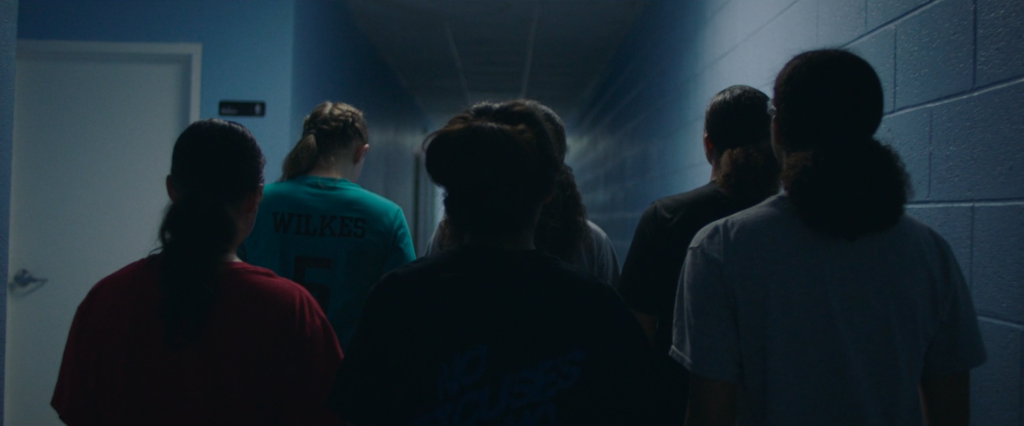
What role do you see branded docs playing in your career overall?
First of all, I absolutely love them. I think it’s a better way of connecting with an audience. When advertising is in your face and you’re constantly bombarded, you almost want to get away from it. You may even be turned off from buying the product. In my experience, I want to buy products when I can understand a brand, its principles, and what they believe in. You can see that in a branded film without it being overtly branded and product heavy. Branded content can help viewers see themselves in the story and be able to understand the brand a little bit more.
It’s a better way of going about advertising and I can see myself doing this for the rest of my life because brands have so much visibility. You could do a doc project and people won’t see it because you don’t have the platform or the media buy they do. But, if you can help shape the perspective of a brand and put it out to thousands or millions of viewers, I think it’s a beautiful thing to be able to help shift some perspective and help people see themselves in these branded films.
Even the term “branded content” doesn’t mean what it used to mean.
Exactly. For this piece, we were all on the same page in that we did not need to see any products. This was all for the brand message. Their goal was to put out a “thank you” to coaches for being there for these students.
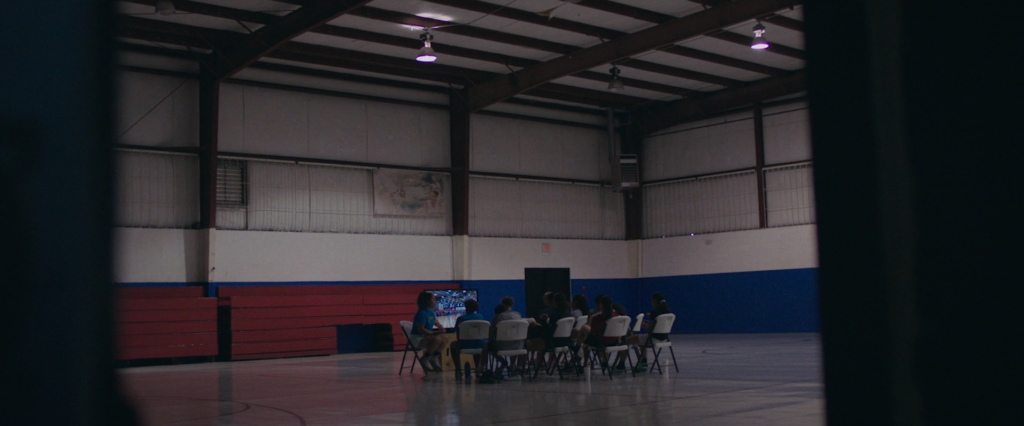
Is that flexibility always the case?
No, not always. I’ve been on some jobs where you get complete freedom. They give you this tiny seed of an idea and let you do what feels right for the story. But, I’ve also worked with some brands that may imply they don’t have expectations, but then they say, “Give me the story leads. Give me a storyboard.” And then you’re writing the narrative for these real people who we don’t even know yet.
With the brand payrolling the project, how do you navigate that creative balance without putting them off?
There’s a lot of back and forth. I have enough work on my reel and I’ve done enough of these projects to know what works and what doesn’t work. I’ve had clients reference this Bonafide piece and they’ll say, “We really like how this moment feels.” I can unravel that moment and explain why that works and how boarding things out for a doc project is not going to help us get moments like that. It has to be organic and human. Most of the time they come around.
It’s nice to be able to reference my past work in that way. I know that moment has worth and it’s really neat. I want to be able to give clients those organic moments, but every project is different. If it’s a doc piece on one person, how we get these organic moments is totally different from the Bonafide piece, for example.
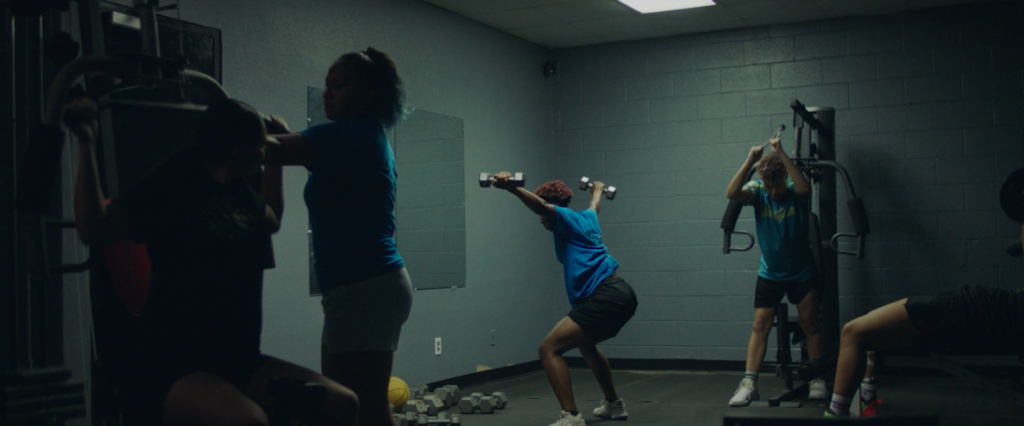
I get the client’s trust because I do so much research and preparation and I am very protective of my doc subjects. I would never want to paint them in a different light than how they want to be seen or how they are as real human beings. I believe brands trust me because they can feel I have done my research and I’ve been in constant communication with the talent. I work with them on how to best pull out their story and make it still work for the brand.
It’s important to report back to the client with everything that you’ve learned. Tell them how you can use aspects of the talent’s personalities that the clients didn’t know about or their past experiences. The client always feels way more at ease and way more trusting with me, knowing how I can help tell the story.
With more narrative pieces like this one, how do you define “success” for your clients?
At the end of the day, you still want to see numbers and metrics. But, with branded doc content, clients also want their viewers to be able to connect to the piece and have it feel authentic. There’s so much branded content coming out now, there’s almost this formula and sometimes it doesn’t feel sincere. You want viewers to connect with the brand message and see themselves in these films, connect with these stories in their own ways.
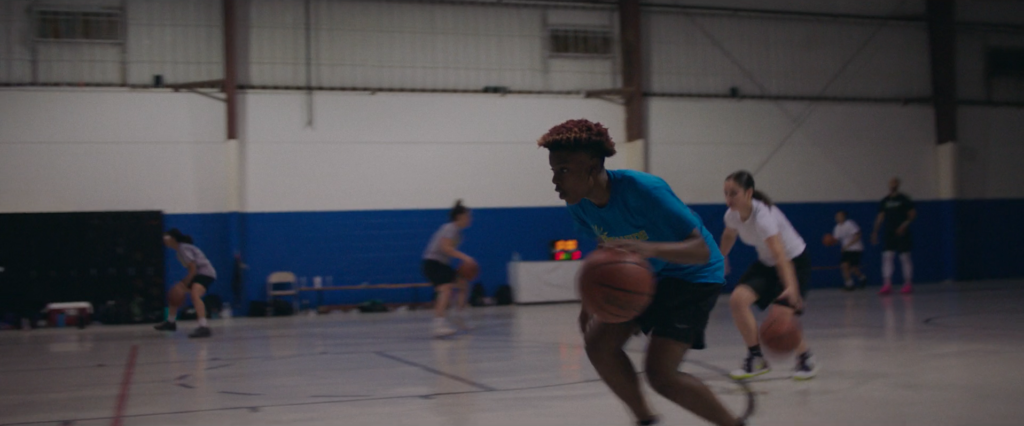
How do you go about uncovering that authenticity?
It’s all about the preparation. I try to understand the subjects as much as possible. Then, on a shoot day, it’s very important to work with a crew you’re familiar with, who are as invested in the story as you are. We had a very small, tight-knit crew for the Bonafide piece. We all knew each other and, working with my DP and our focus puller, we were constantly in each other’s heads, communicating with each other.
If we see a moment that’s going to help develop our story, we can say, “Hey, let’s go on the camera. Let’s get this.” With just one look, they could see what I was seeing and capture it. That happened so many times in this piece. I might be looking at something else and my DP already has something framed out that he was capturing organically. Even if the focus puller sees something, he can just hit record. The most organic moments are moments where it’s very subtle. If you’re not paying attention, you will miss it.
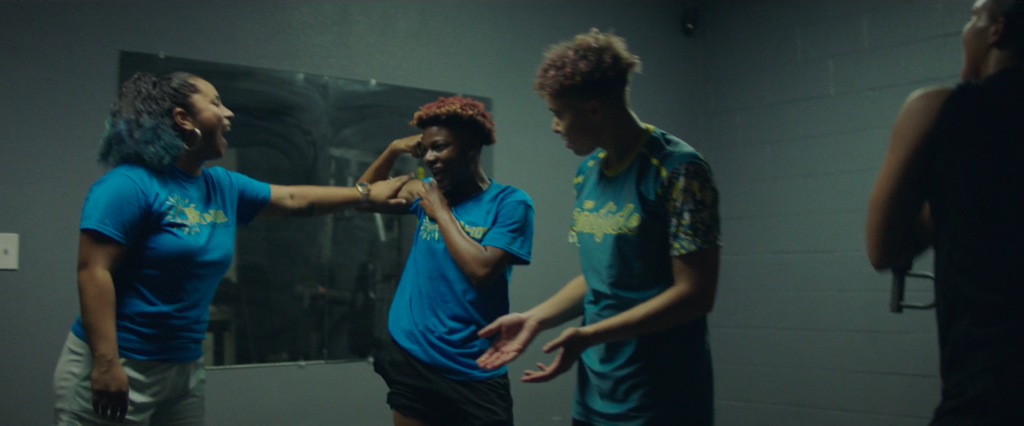
The moment when one of the players was showing off in the mirror was perfect.
That’s actually the moment that I was talking about and the moment that a lot of clients reference. We were in the locker room, ready to leave, and we saw one of the girls checking herself out in the mirror and we said, “Let’s get this.” And I said to the coach, “Just poke fun at them.” She just goes in and she’s just completely herself. It was very sweet. I absolutely love that scene.
It’s funny. Some clients will say, “We want to be authentic, we want to be sincere, but they also have to wear our product and they have to run like this.” How are these people supposed to act like themselves? Clients who let you just move around freely are the best collaborators. As long as you’re having fun and helping tell the story and everybody is open to collaboration, you’ll never “sell out” as a filmmaker. You’re just telling this little story on a greater scale.
Select footage from Jane Qian is available for licensing on Filmsupply.
Read our conversation with Jane, alongside director Vanessa Black and Knucklehead’s Managing Director Cathleen Kisich about pulling off a commercial production at the highest level.















































































